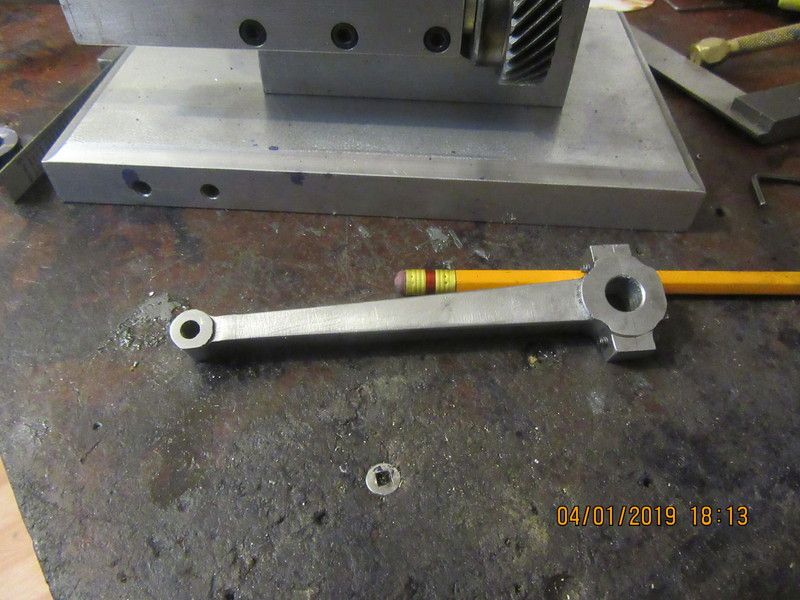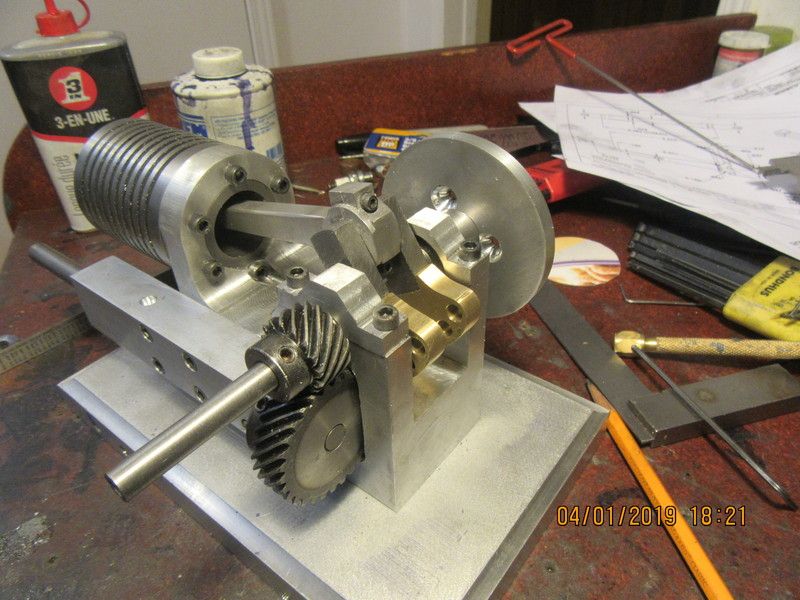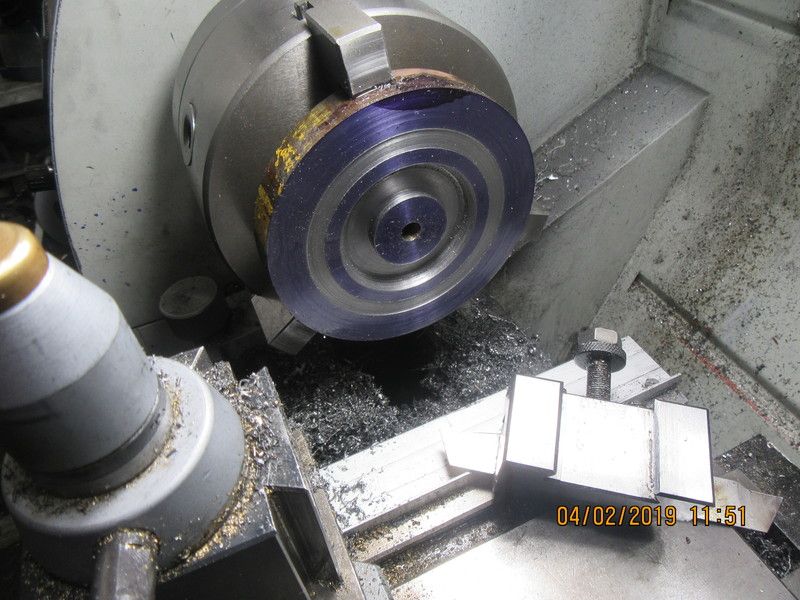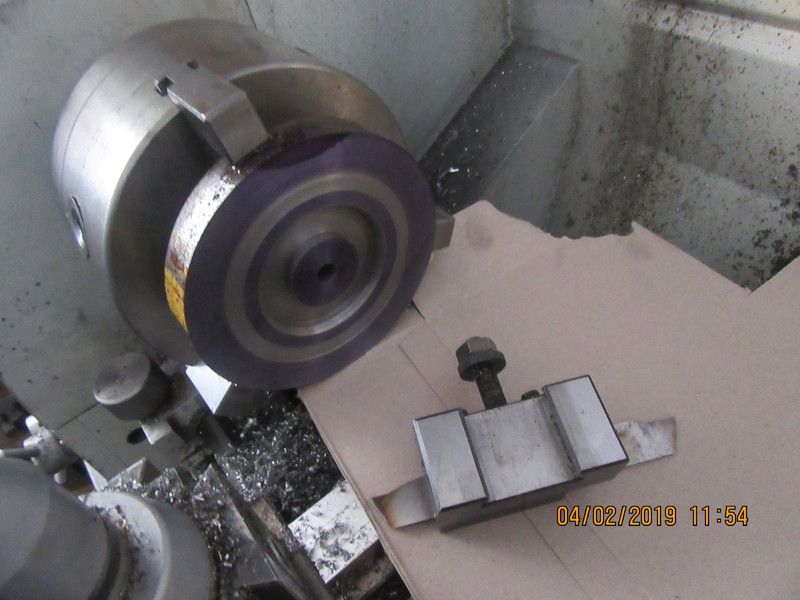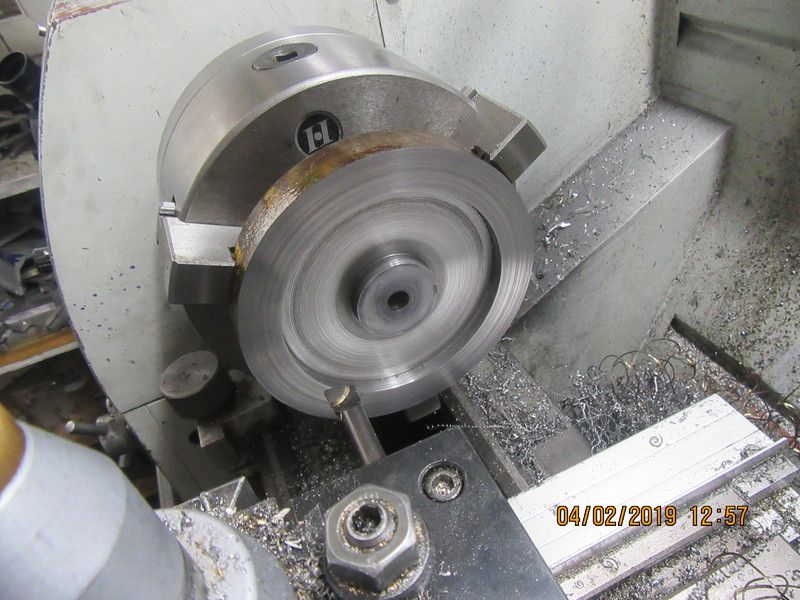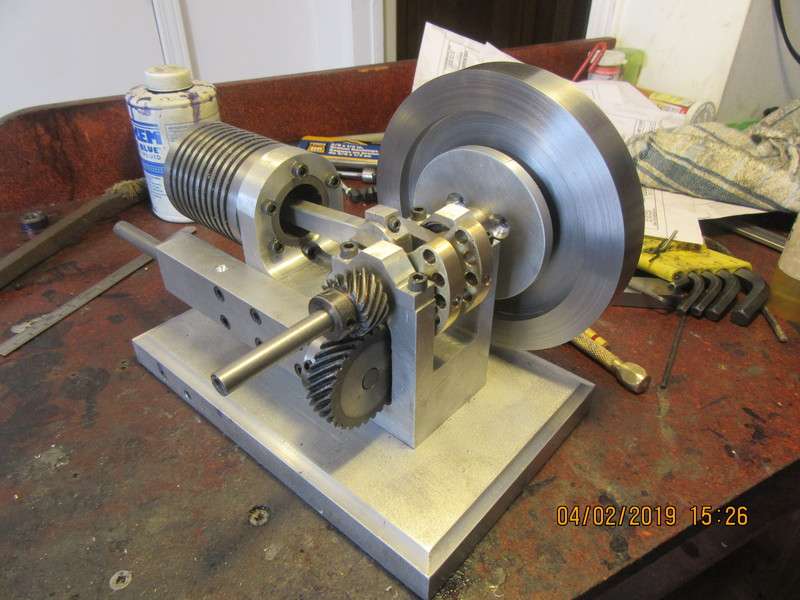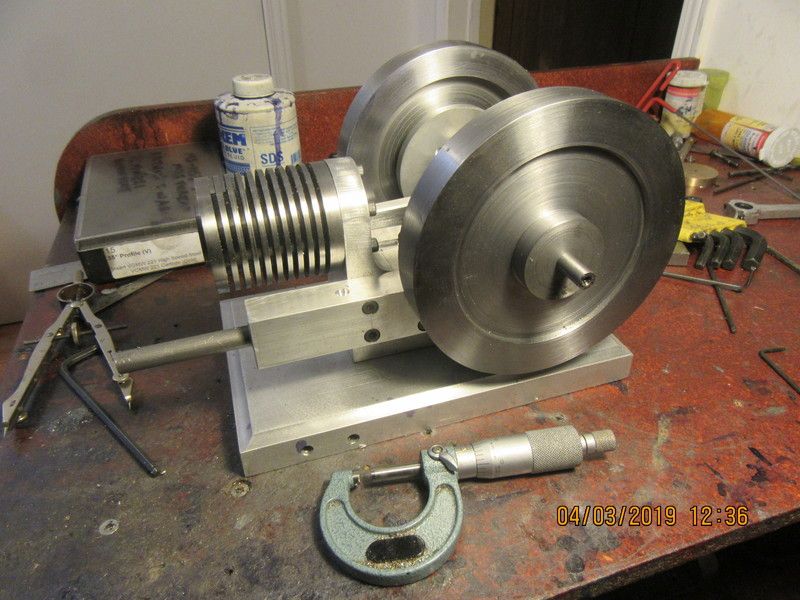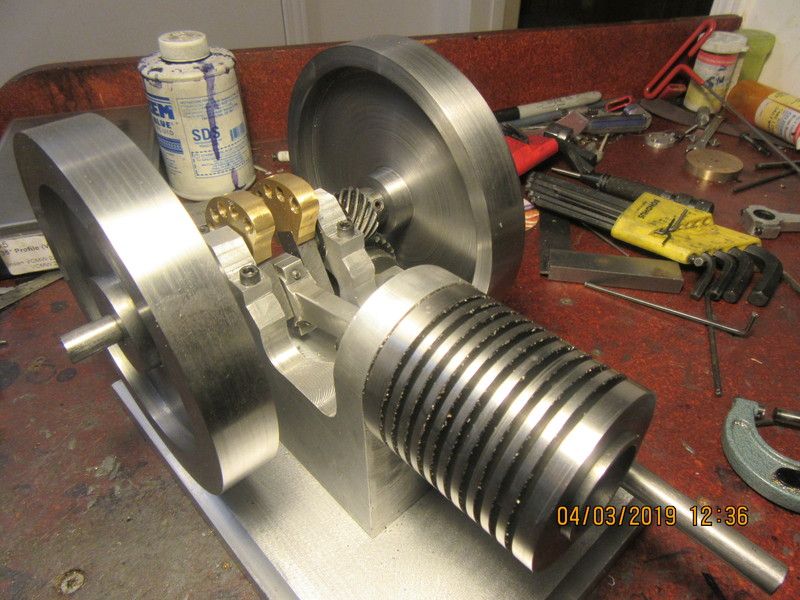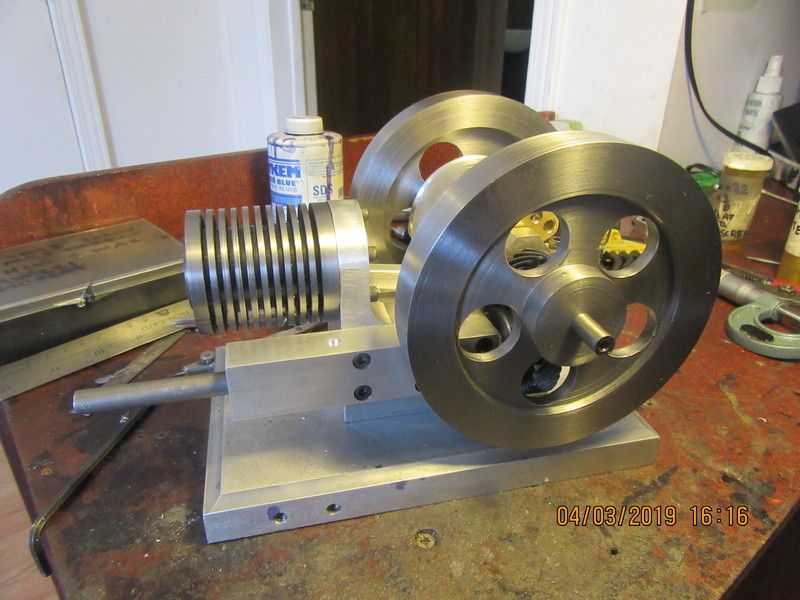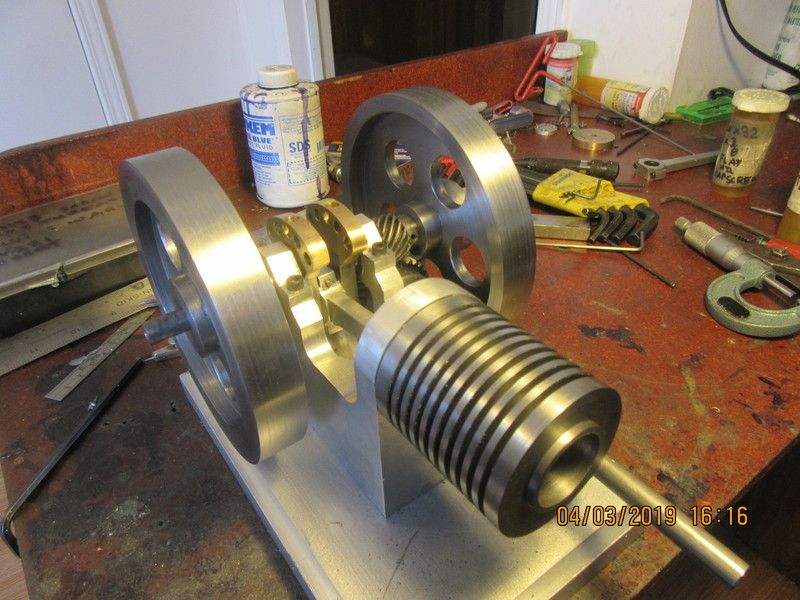nel2lar
Well-Known Member
Brian
Don't you mean your mother is 98 years young. I lost mine a few years back and I still miss her loving arms and always the sparkle in her eyes when I came around. You are one lucky man, just love her.
Nelson
Don't you mean your mother is 98 years young. I lost mine a few years back and I still miss her loving arms and always the sparkle in her eyes when I came around. You are one lucky man, just love her.
Nelson





































































